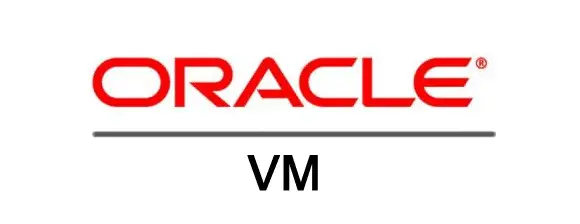Introduction Oracle VM introduced two main modes or domain types: Paravirtualized (PVM):A virtual machine with a kernel that is recompiled to be made aware of the virtual environment. Runs at near native speed, with memory, disk and network access optimized for maximum performance.Paravirtualized guests use generic, idealized device drivers, which are part of the guest’s OS. The I/O operations using these generic device drivers are mapped to the real device drivers in dom0. The generic, abstracted drivers in the guest seldom change and provide excellent guest stability. The dom0 domain, alternatively, can use the native hardware vendor drivers, and the guests can safely migrate to another dom0 with slightly different drivers. For other resources such as CPU and memory, paravirtualized kernels make special “hypercalls” to the Xen hypervisor. These hypercalls provide better performance by reducing the number of instructions and context switches required to handle an incoming request. By contrast, on an emulated (hardware virtualized) guest, driver requests engage the guest’s interrupt handler, increasing the I/O operation overhead. Hardware Virtualized Machine (HVM):A hardware virtualized guest runs on the virtualization platform as it would on a physical host. Because the device drivers of the hardware virtualized guest are emulated, dom0 must...
![[Review]: Oracle OVM-BKP v1.0 - Virtual Machine Backup Utilities for Oracle VM 1 OVM-BKP Solution Architecture](https://www.teimouri.net/wp-content/uploads/2018/02/OVM-BKP_Solution_Architecture-1.jpg)












